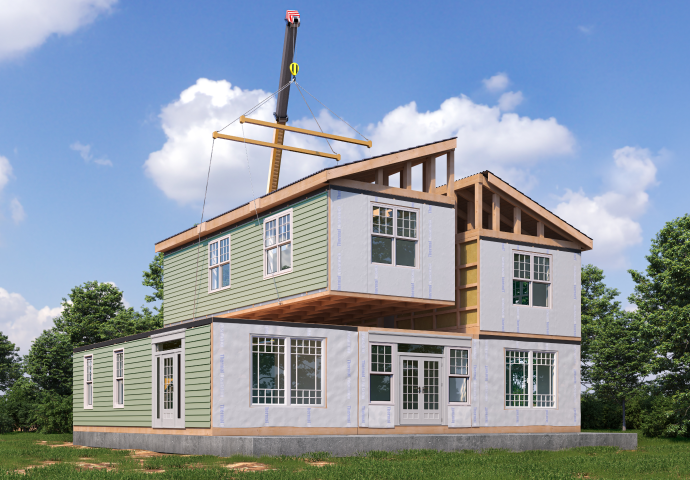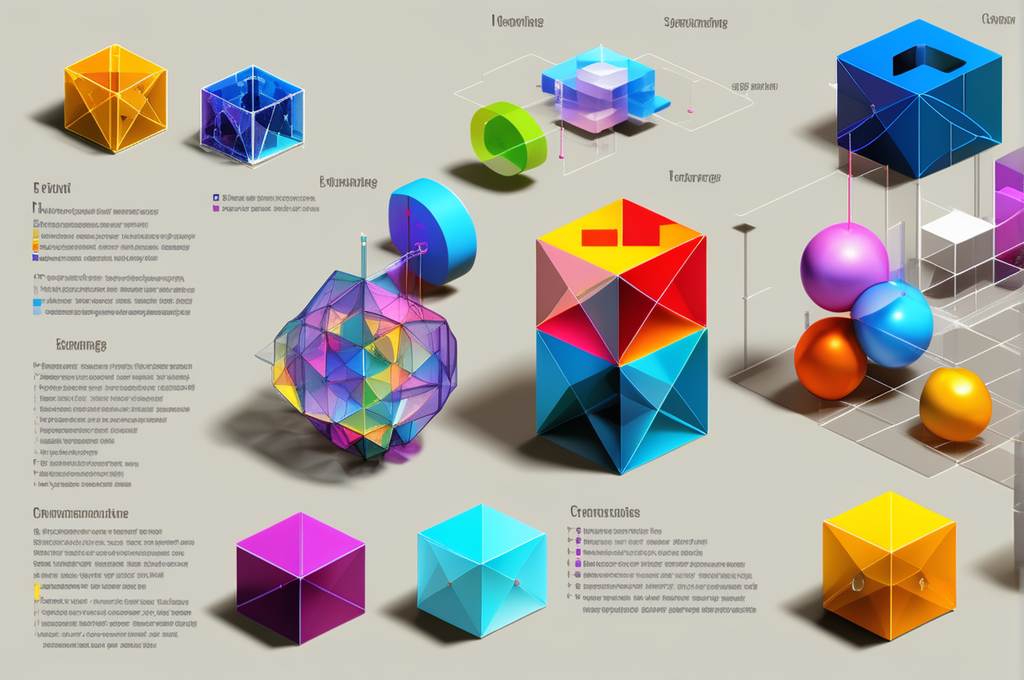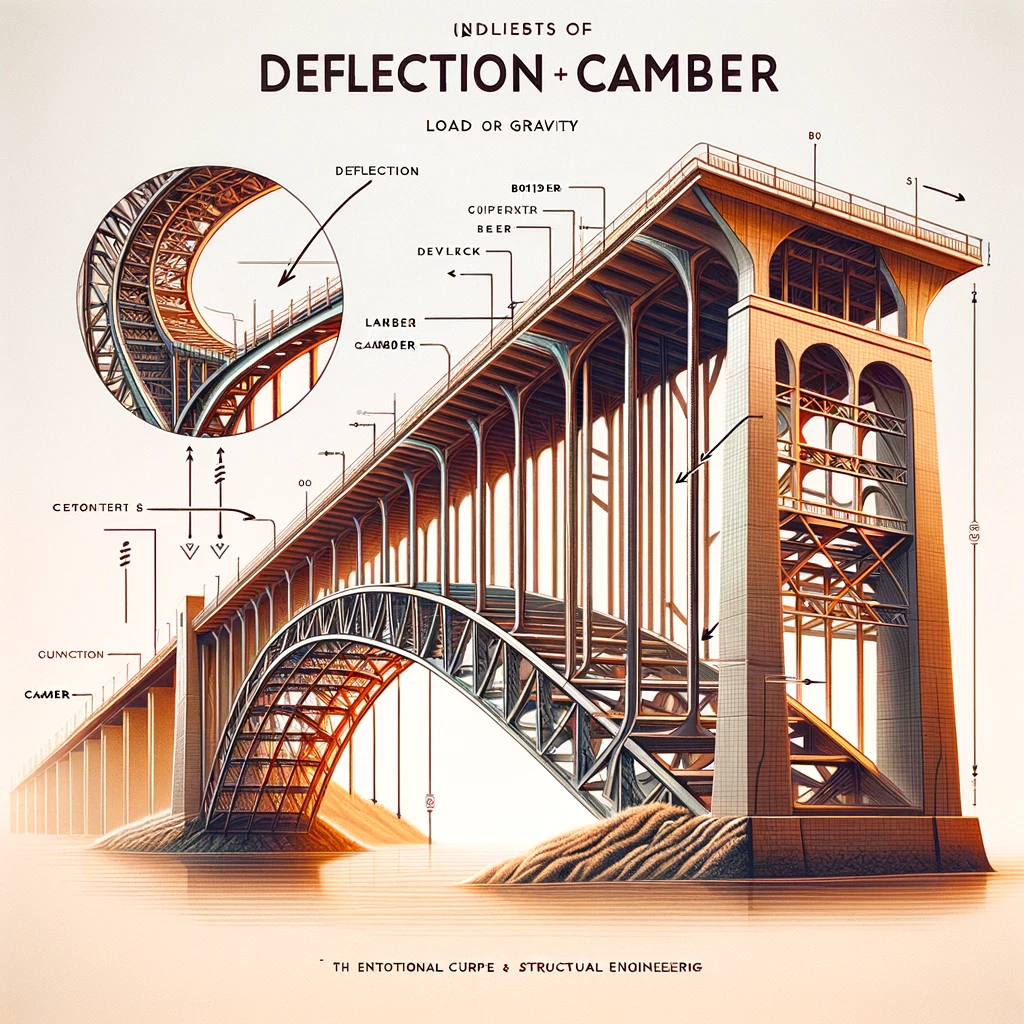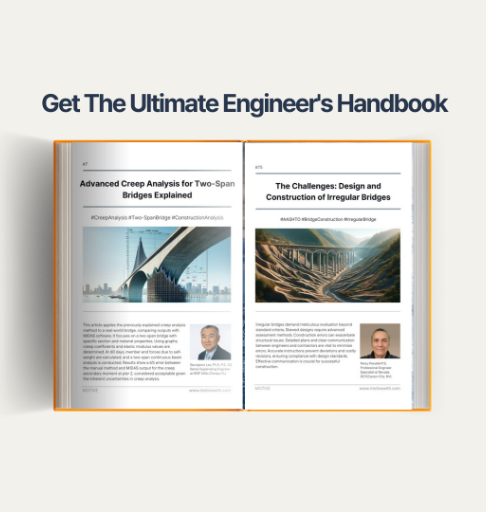Intro
In New York, there is a 59-story skyscraper called the Citicorp Center. However, one year after its completion, a student raised a question about the stability of the building in high winds at its edges. This question, in the end, led to saving the lives of 200,000 people in New York.
Today's content is based on a video created by Tyler Ley, a professor with over 20 years of engineering experience, let's explore what the problem was and how the structural engineer in charge of the building dealt with the issue.
What is Citicorp Center?
The Citicorp Center was designed by architect Hugh Stubbins and structural engineer William LeMessurier for Citibank and completed in 1977. It cost approximately $88 million and is a 59-story skyscraper with a height of 279 meters, constituting a high-rise building. At the time of completion, Citicorp Center was the seventh-tallest building in the world. As of 2024, it stands as the 26th tallest building, contributing to the New York skyline.
 Citicorp Center (c) Tdorante10
Citicorp Center (c) Tdorante10
The building was originally designed with columns supporting the four corners and a central core to carry the loads. However, the chosen site for construction had the St. Peter's Lutheran Church. This led to a modification in the plans, placing the columns at the center instead of the corners.
 Citicorp Center above the St. Peter’s Lutheran Church(left) (c) Tdorante10
Citicorp Center above the St. Peter’s Lutheran Church(left) (c) Tdorante10
The student's question that saved New York
The problem was discovered a year after completion, in 1978. An undergraduate student named Diane Hartley at Princeton was doing her undergraduate thesis under David bellington, Hartley's concerns and the reactions she received are documented in her thesis. She raised questions about the stability in the face of winds blowing at the edges, a factor not considered in the standards of that time. The student's question was not ignored, and the structural engineer calculated the wind loads, including diagonal wind loads.
The decision of the structural engineer that saved New York

The structural engineer, William LeMessurier, was aware that revealing this fact to anyone could lead to lawsuits, bankruptcy, and disgrace. Faced with such a situation, anyone would respond in one of three ways: first, by hiding the truth; second, by revealing the truth and blaming others; and third, by revealing the truth and taking responsibility. LeMessurier chose the third path.
Although he briefly contemplated committing suicide due to intense stress, when faced with the prospect of the collapse that he feared, which could result in the deaths of 200,000 people, he chose the right path. He planned improvement work, contacted insurance companies, lawyers, and Citicorp to share the problem, and gathered skilled welders from New York City. Without publicly disclosing the issue, the structure was repaired at night, including welding the bolted connections, which took place over three months. The structure was improved from a vulnerable state, capable of collapsing even in a hurricane that occurs every 16 years, to withstand a storm that occurs once every 700 years.
Lessons Learned
If Diane Hartley's question had not been raised, or if LeMessurier had ignored her question, we might have faced a significant disaster. Everyone makes mistakes, and since mistakes are unavoidable, we must live with them and collaborate with others to prevent them. LeMessurier left these words:
"In return for getting a license and being regarded with respect, you're supposed to be self-sacrificing and look beyond the interests of yourself and your client to society as a whole. And the most wonderful part of my story is that when I did it nothing bad happened."
His attitude of not only considering his own well-being but also thinking about the entire society and admitting his mistakes is still being highlighted as an excellent example of ethical conduct.
MOTIVE is building a platform to inspire someone and help engineers grow through knowledge sharing. If you have engineering experiences worth sharing, become an MOTIVATOR and share your story.
References
Tyler Ley's original YouTube video contains LeMessurier's method of supporting edges them from deflecting and his opinion. To watch the video, click this link.
Citicorp Center | NYC skyscraper saved by a student’s question
For Tyler Ley’s interview video with Diane Hartley, click on this link to check it out.
Student Saves Skyscraper | Diane Hartley Citicorp Center Interview
Online Ethics Center - William LeMessurier - The Fifty-Nine-Story Crisis: A Lesson in Professional Behavior | Online Ethics
The New York Times - William LeMessurier, 81, Structural Engineer, Dies (Published 2007)
/Tyler%20ley%20240_240.png)
I have more than 20 years of experience in the fields of structural and concrete materials engineering. During this time I have worked as an engineer with a design consultant, construction contractor, government agency, and as a professor. This practical experience has made me a better teacher and researcher.
I am very active in the American Concrete Institute where I am a voting member of the Concrete Durability, Material Science, Concrete Proportioning, and Sustainability Technical committees. In addition, I serve on the executive committee of the National Concrete Consortium, a group made up of DOT engineers from 35 different states. I also served as the president of the American Ceramics Society Cements Division in 2016. I have a passion for creating innovative learning content.
My websites are visited by over 50,000 people per year, visit my website and youtube. (👈click)
👉Learn More About the MOTIVATOR (click)
※ If you click on the keywords below "Topics," you can view related contents.







/%EC%9E%91%EC%9D%80%EC%97%B0%EB%AA%BB_400_400.png)

